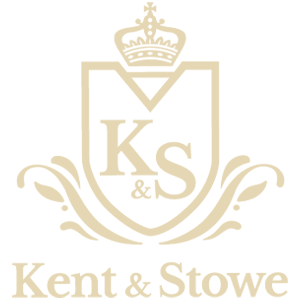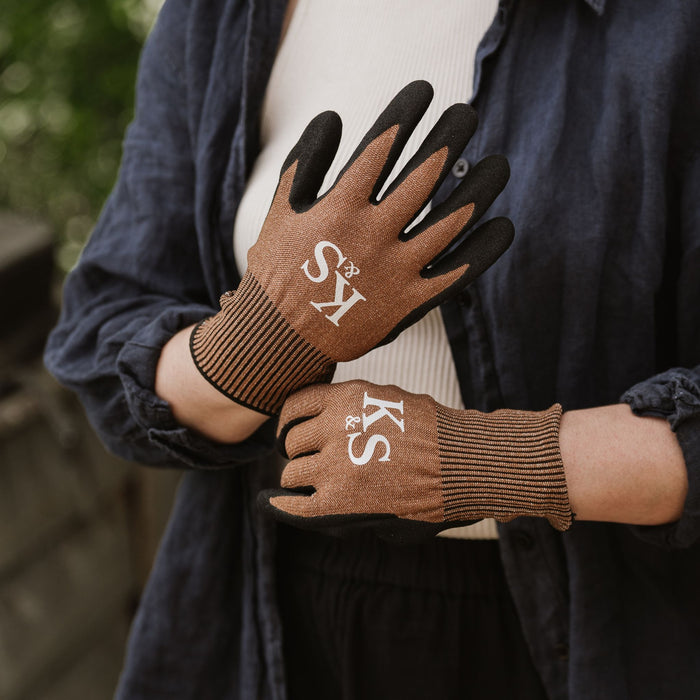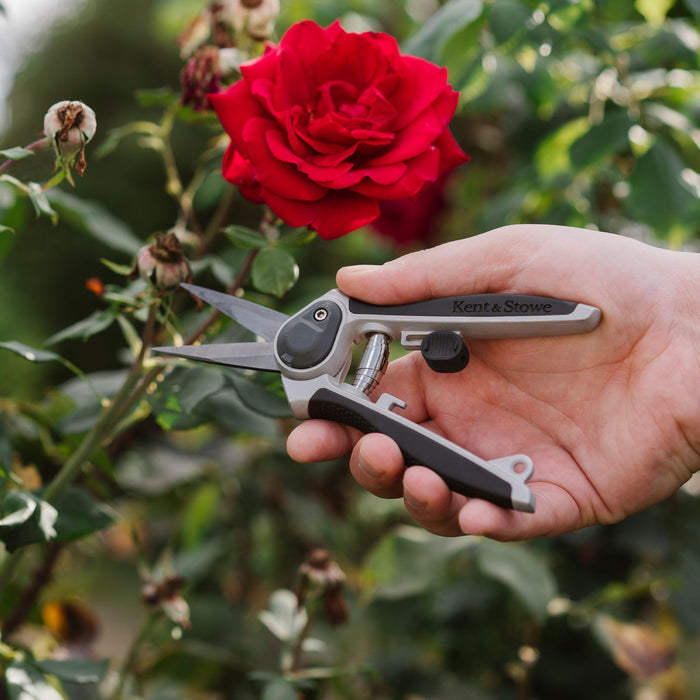To keep your rose bushes thriving and encourage abundant blooms, regularly deadheading them is vital. Deadheading involves trimming off wilted or faded flowers, which stimulates the plant to produce new growth and enhances flowering. Additionally, it helps maintain the health and appearance of your roses.
Why Deadhead Roses?
Promotes Ongoing Blooming: By removing old flowers, you allow the plant to focus its energy on producing fresh buds and blossoms. This prolongs the blooming season, giving you the opportunity to enjoy your roses for a longer period.
Improves Aesthetic Appeal: Deadheading regularly ensures your rose bushes remain tidy and visually appealing. Removing spent blooms stops the plant from diverting energy into forming seed pods (hips), allowing it to prioritise healthy growth of leaves and new flowers.
Prevents Pests and Diseases: Removing faded flowers reduces the risk of diseases and pests that thrive on decaying petals and hips, thus keeping your plant healthier.
Supports Overall Plant Health: By deadheading, you prevent the rose from expending energy on seed production, enabling it to invest those resources into producing vibrant foliage, stems, and more blooms.

When to Deadhead Roses
Deadheading is best done when the flowers have fully bloomed and are beginning to fade. These spent blooms can be identified by their drooping petals and loss of vibrant color. It’s crucial not to delay too long, as leaving faded flowers on the plant may signal it to start seed production, slowing down new growth.
How to Deadhead Roses
What you'll need
Inspect the rose bush: Look for flowers that are wilting or losing their colour.

Locate the Bud Eye: Identify a healthy bud eye just above the first set of five leaves. This is where fresh growth will emerge, and the ideal spot to make your cut.
Make the cut: Using your secateurs, make a clean, angled cut about ¼ inch (6 mm) above the bud eye. The angle helps prevent water from pooling on the cut, which reduces the risk of disease.

Dispose of trimmed flowers: Gather the spent blooms in your container. These can be composted or used as indoor décor.
Repeat as needed: Continue deadheading throughout the season to encourage further blooming.

Additional Tips
Feeding: For optimal growth and continuous blooming, feed your roses regularly with a balanced liquid fertiliser such as Westland Rose High Performance Liquid Plant Food.

Watering: Make sure to water your roses deeply, allowing the soil to dry slightly between waterings to maintain healthy root growth.
Mulching: Add a layer of mulch around the base of the plant to help retain moisture and prevent weeds from competing for nutrients.
Pruning: Along with deadheading, occasional pruning in early spring is key to shaping your rose bushes and promoting healthy growth for the new season.







